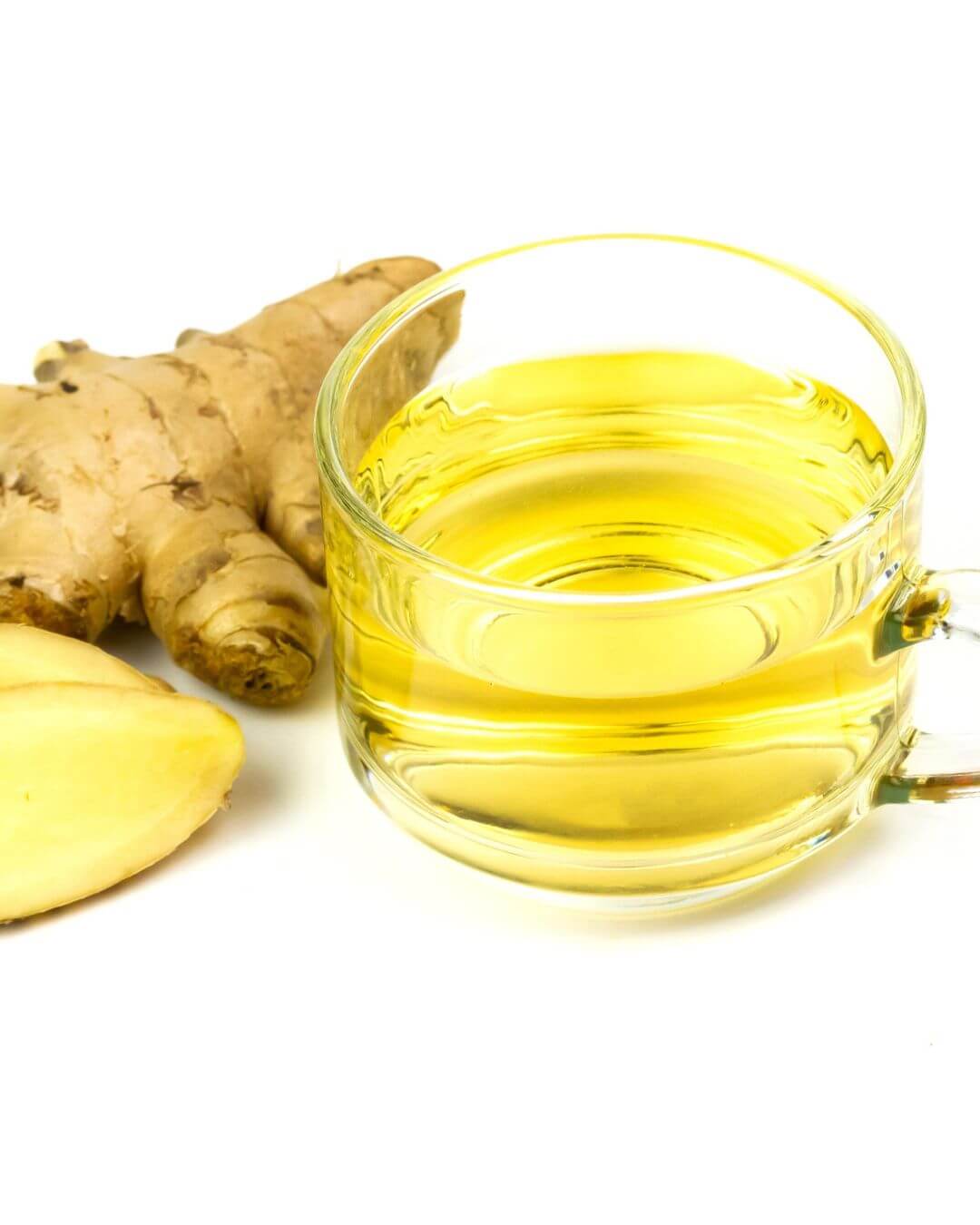Table des matières
Feeling sluggish or cold? Kapha’s Sanchaya stage might be settling—here’s how to notice and nudge it before it sticks.
Introduction
Sanchayam cha prakopam cha prasaram cha sthaana samshrayam, Vyaktim bhedam cha yo vetti doshaanaam sa bhaved bhishak (Sushruta Sutra 21/36). Sushruta’s Sanchaya starts Shat Kriya Kala—Kapha’s water begins to pool.
This dosha of structure, rooted in the chest (Uras), lymph (Rasa), and fat (Medas), gathers cold and weight—subtle yet stubborn. This is Kapha’s first whisper, slow but steady.
This Neurasonic post opens Kapha’s six-stage arc, blending Ayurveda and science to catch Sanchaya’s signs and lighten its load.
Signs of Kapha’s Sanchaya
Kapha’s cold, heavy traits settle—low warmth (Manda Ushmata) chills the chest, heaviness (Gaurava) drags limbs, and laziness (Alasya) clouds the mind.
Throat (Kantha) or stomach (Aamashaya) feel full, skin turns clammy—aversion to cold or damp sparks a yen for heat. Tongue might coat faintly, hinting at Kapha’s grip.
Science ties this to lymphatic lag—studies show cold slows fluid flow—while mild hypothermia or fatigue mirrors its weight. Kapha’s water pools, not yet thick.
Triggers of Weight
Heavy, oily foods—sweets, cheese—or cold drinks like iced milk spark Kapha’s Guru (heavy) and Snigdha (oily) qualities, clogging Uras. Inactivity—lounging all day—stokes it.
Spring’s damp, early mornings, or overeating align with Kapha’s rhythm—sweet tastes (Madhura) pile on its load. Poor digestion from excess naps aids it—metabolism dips, per research.
Emotional calm turned lethargy—Kapha’s stability—lets it build; cold climates or wet air deepen its chill—Sanchaya swells quietly.
L'équilibre avec l'Ayurveda
Spice lifts Kapha—ginger tea or cumin warms the chest, cutting cold with Katu (pungent) heat. Light meals—barley, roasted veggies—stir energy without weight.
Exercise—brisk walks—or dry brushing breaks laziness; avoid damp—sip hot water—and Kapha lifts. Science aligns: ginger boosts circulation (per studies), cumin sparks digestion, and activity shifts lymph—Kapha flows free.
Start simple—spiced broths, morning stretches—and Sanchaya’s heaviness fades before Prakopa’s thicker grip.
Conclusion
Kapha’s Sanchaya weighs gently—heaviness warns of buildup. Ayurveda and science say: lighten it now, or Prakopa drags.
For Neurasonic, it’s a wake-up—stir Kapha here, and balance holds. Next, Prakopa’s sluggishness deepens.




